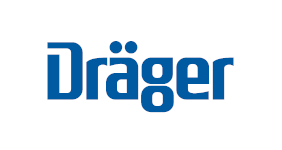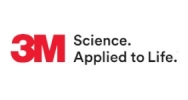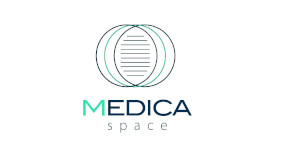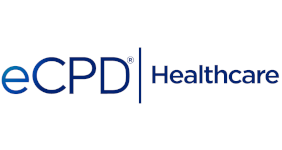Robotics: A new way of doing things
29.04.19
By Andrew Wright, Executive Manager for Shared and Support Services, Medscheme, South Africa
Can you imagine a world, where robotics (robots that is, or “bots”), were assigned to do all the repetitive jobs in your process driven areas, making sure all the humans were doing all the value adding work? Imagine a world without manual workarounds that are repetitive, boring and often prone to mistakes. Imagine having a co-worker that willingly takes on these tedious tasks and enables you to get on with work that requires a human touch.
Medscheme have been on this journey for over 12 months and have already deployed 10 robots covering 14 processes. The world as we know it is moving ever so swiftly towards working together with “bots”. This computer enabled program is able to optimise value within the service value chain. There was a need to move to adopting Robotic Process Automation (RPA) due to the growth in the client base and the ever- increasing complexity in the healthcare business, which result in an increasing number of manual internal processes. RPA enables to automate repetitive processes freeing up the software development team to focus on core system development.
RPA enables the business to implement automation of processes with no or very limited system integration. It enables the business to address the “long tail” of IT development by using the tool to address process inefficiencies.
The RPA solution becomes a virtual workforce that manages the repetitive processes freeing up the people to focus on the work that requires thinking, judgement and decision making. The RPA solution is often referred to as a “robot” or “bot”, and these become co-workers to the humans. This means that the process automation does not require system development and the software used simply follows the steps in the process that a human would follow on the existing systems. The “bot” can be scheduled to work outside of office hours where processes can run over 24 hours and through all the days of the week.
The “bots” become part of the holistic workforce and enable humans to get back to what they should be doing – the feeling and the thinking.
RPA has three overarching aims:
- Free up human capacity to perform tasks that require cognitive skills that a “bot” cannot provide. In essence this enables an organisation to improve its service delivery from the perspective of speed of execution, fewer human errors and more personalised service where required.
- Enhance operational efficiencies and reduce the cost of delivering a service. Not only does this ensure sustainability of processes but also reduces operating costs.
- Increase job satisfaction for the employees of the company. The workload pressures increase year-on-year, requirements of healthcare administration become more demanding, the business solutions become more complex with increasing numbers of manual workarounds. People fear making errors and job satisfaction declines. Absenteeism rises and productivity drops. According to feedback from employees in the operational areas, the manual repetitive work no longer adds purpose to their role, and they feel like they could contribute so much more if the systems just automated these processes.
RPA is not only limited at the operational areas of the business and the system can be used in areas such as Human Capital, Claims Assessing or Finance, essentially any area of the business where processes are predictable and repetitive.
It must, however, be noted that RPA does not replace the enhancement of core systems. It is a tool for the business users to optimise processes that have not been addressed through core system changes. It is also a very useful tool in managing data transformation from one system to another. It frees up technical resources to focus on delivering new and innovative solutions rather than constantly addressing adhoc business needs or data transformation projects. RPA is secure, scalable, auditable and does not require system integration. It should be in the “tool box” of all large organisations involved in any form of administration.
RPA has been in various settings, including:
- Claims assessing
- Member underwriting and onboarding
- Hospital Benefit Management
- Tariff loading
- System change management
Simple processes that rely on structured data and are easy to map, typically yield the best results. To date efficiencies yielded have demonstrated as much as 75 per cent reduction in manual processing requirements with a 100 per cent error free rate.
Wright will be speaking on ‘Robotics process automation in healthcare administration’, on May 29, as part of the Health Management Conference, at the Africa Health Exhibition and Congress.
The presentation will expand on the concept of RPA and provide some insights of what has been achieved in the healthcare funding administration sector. The aim is to stimulate administrators in all sectors of healthcare deliver to consider the opportunities to achieve higher efficiencies and effectiveness in their own tasks and at the same time retain and deploy scarce skills into meaning tasks that deliver value.
























.png)























